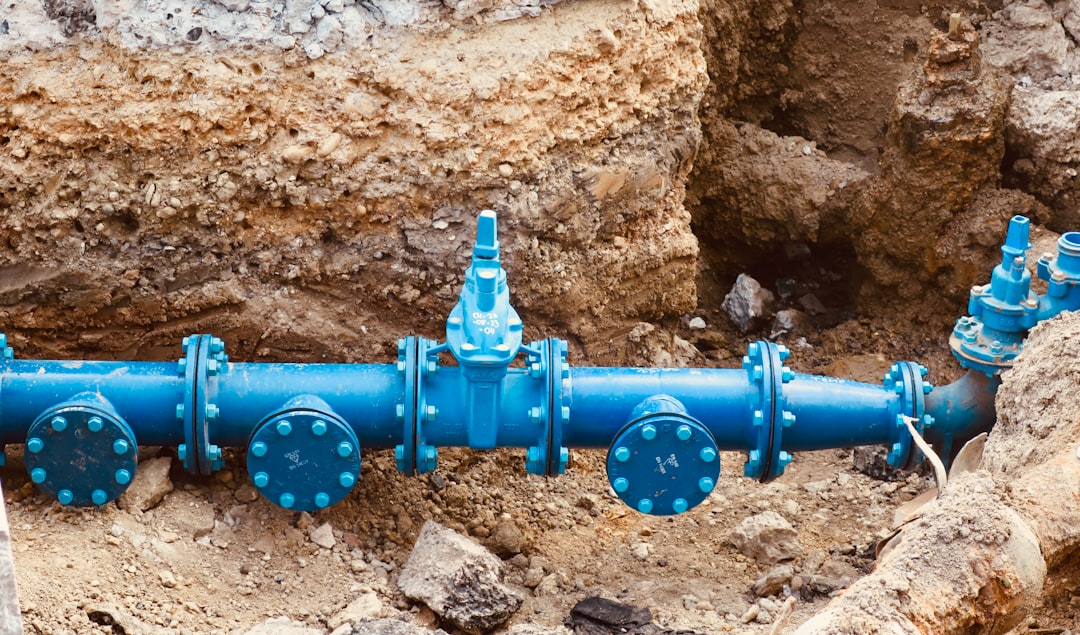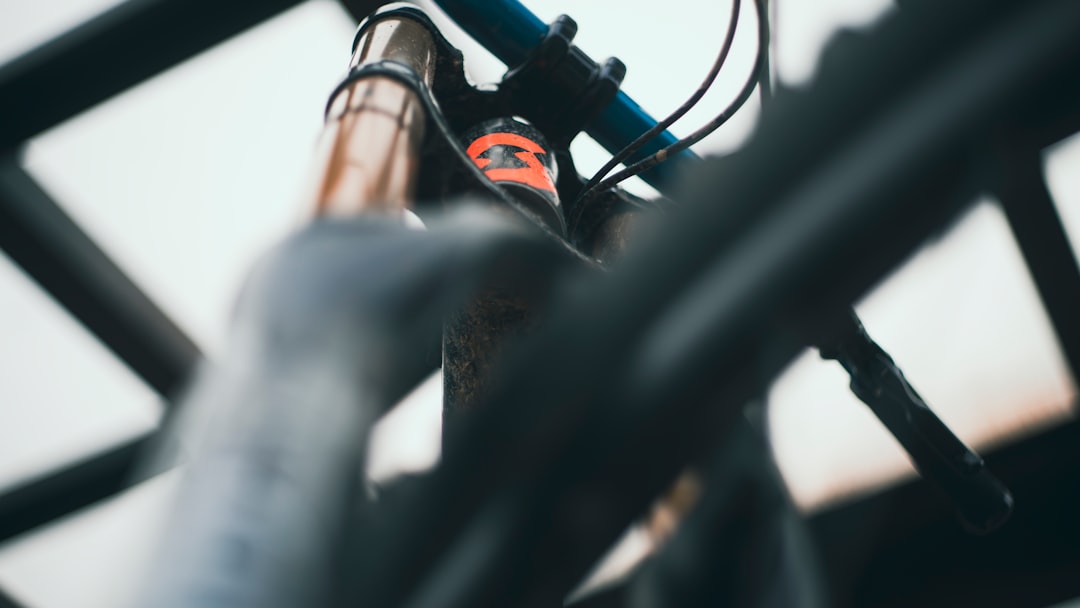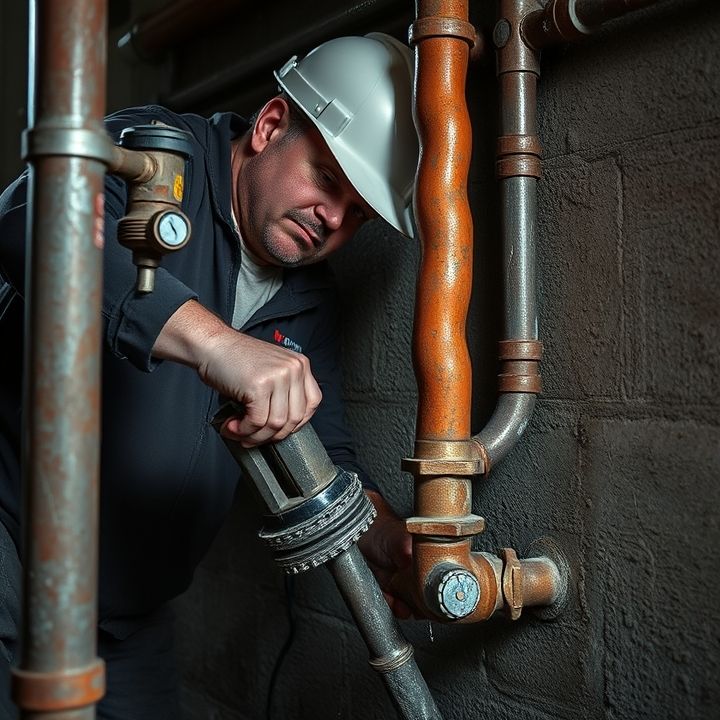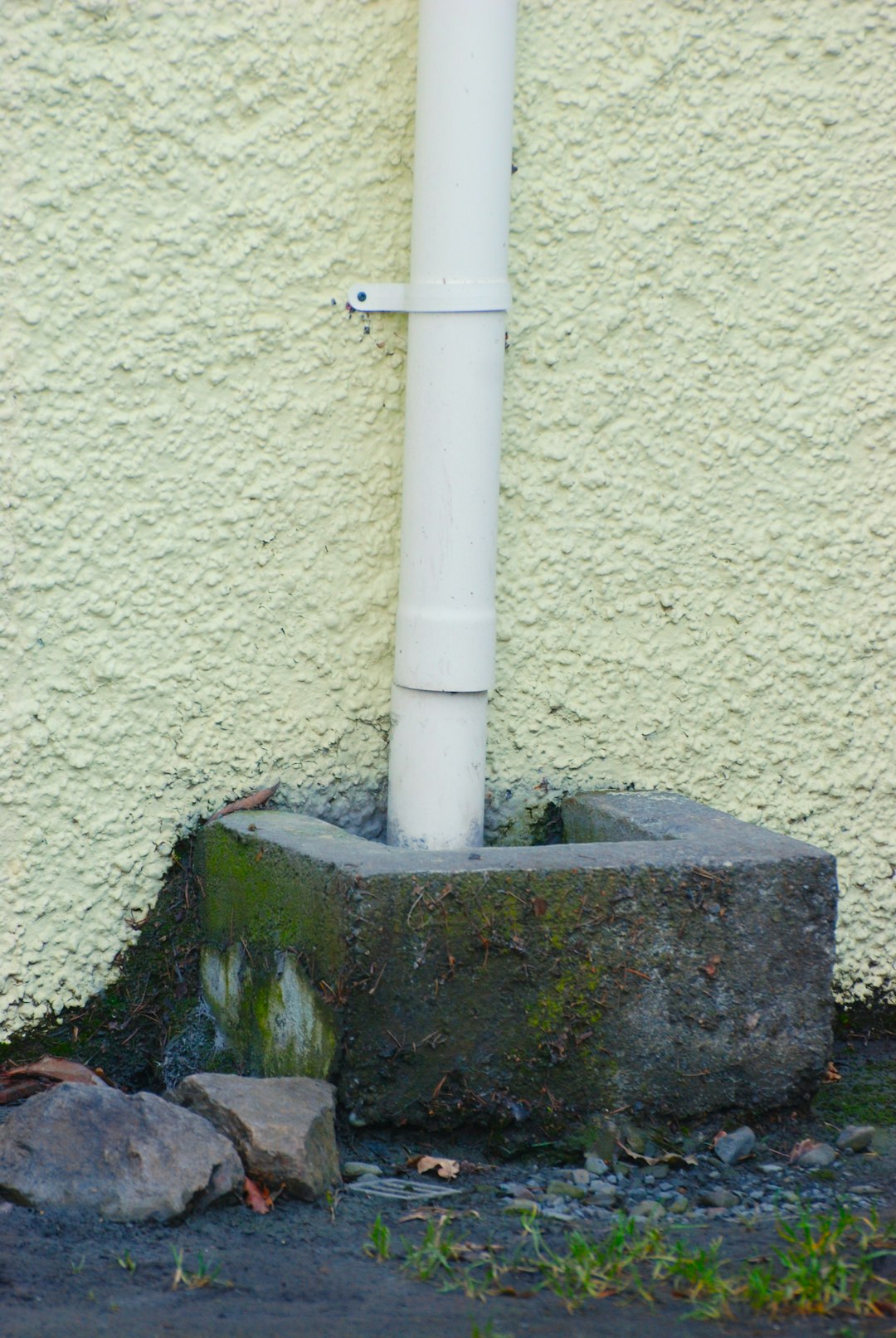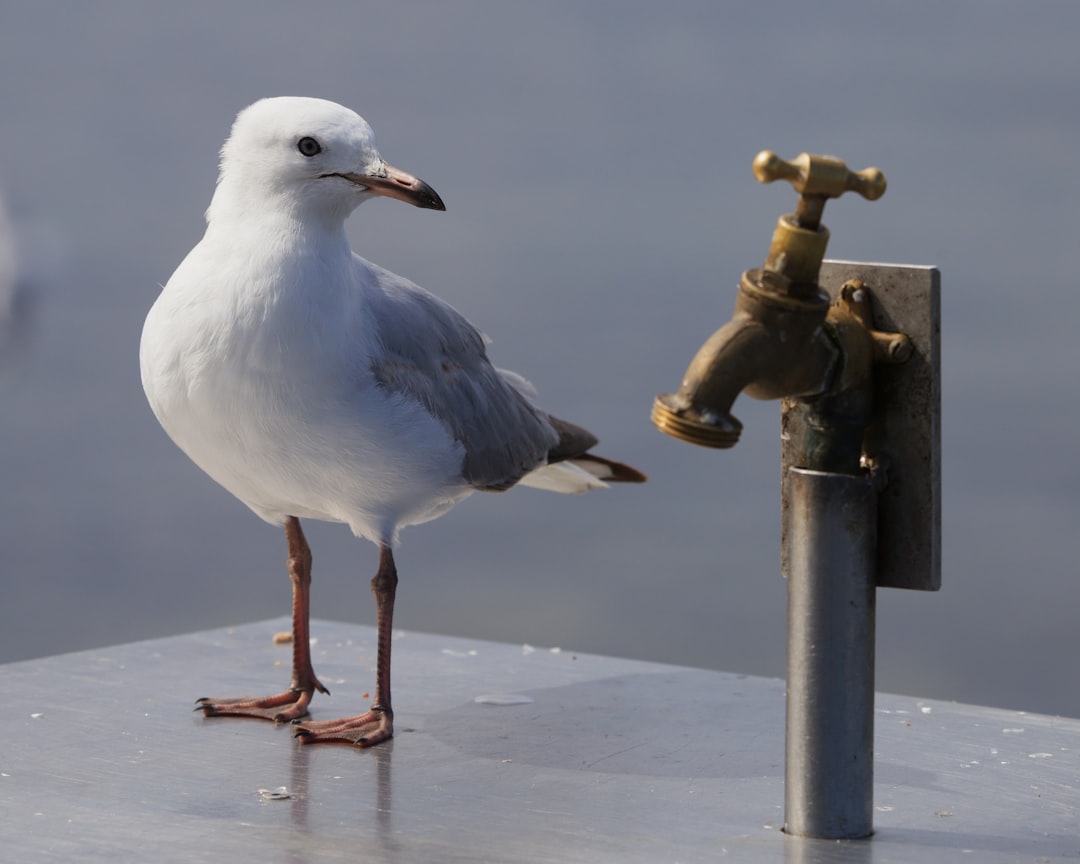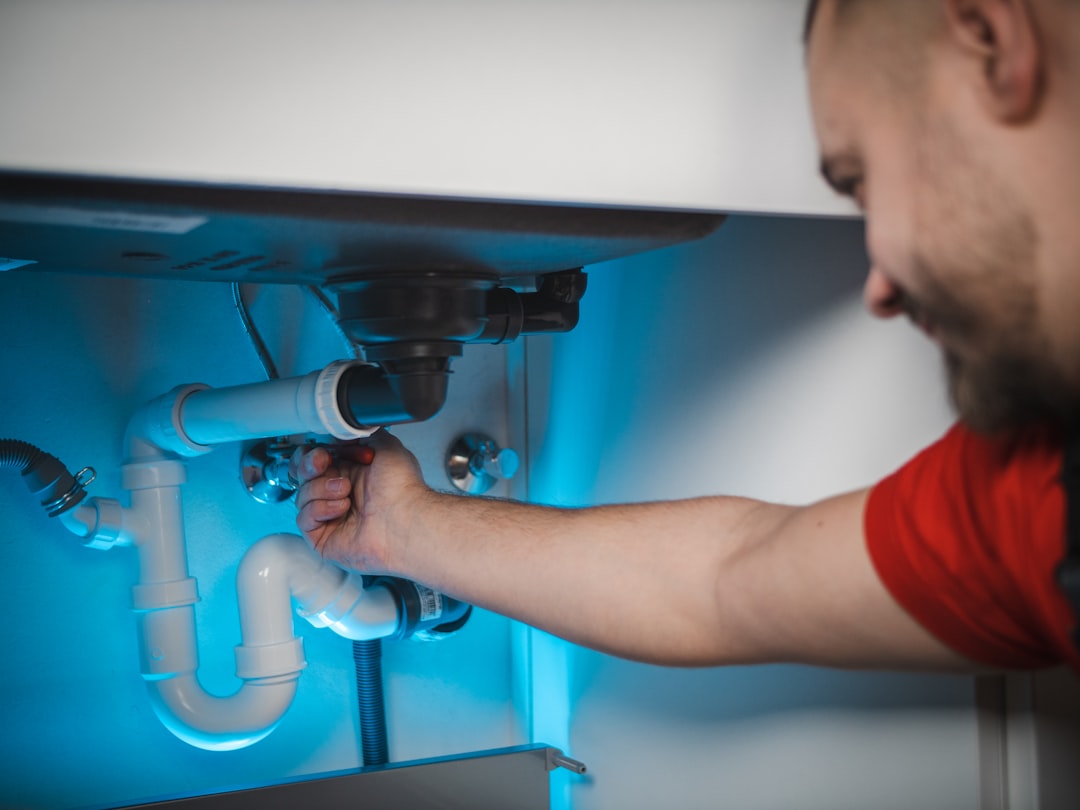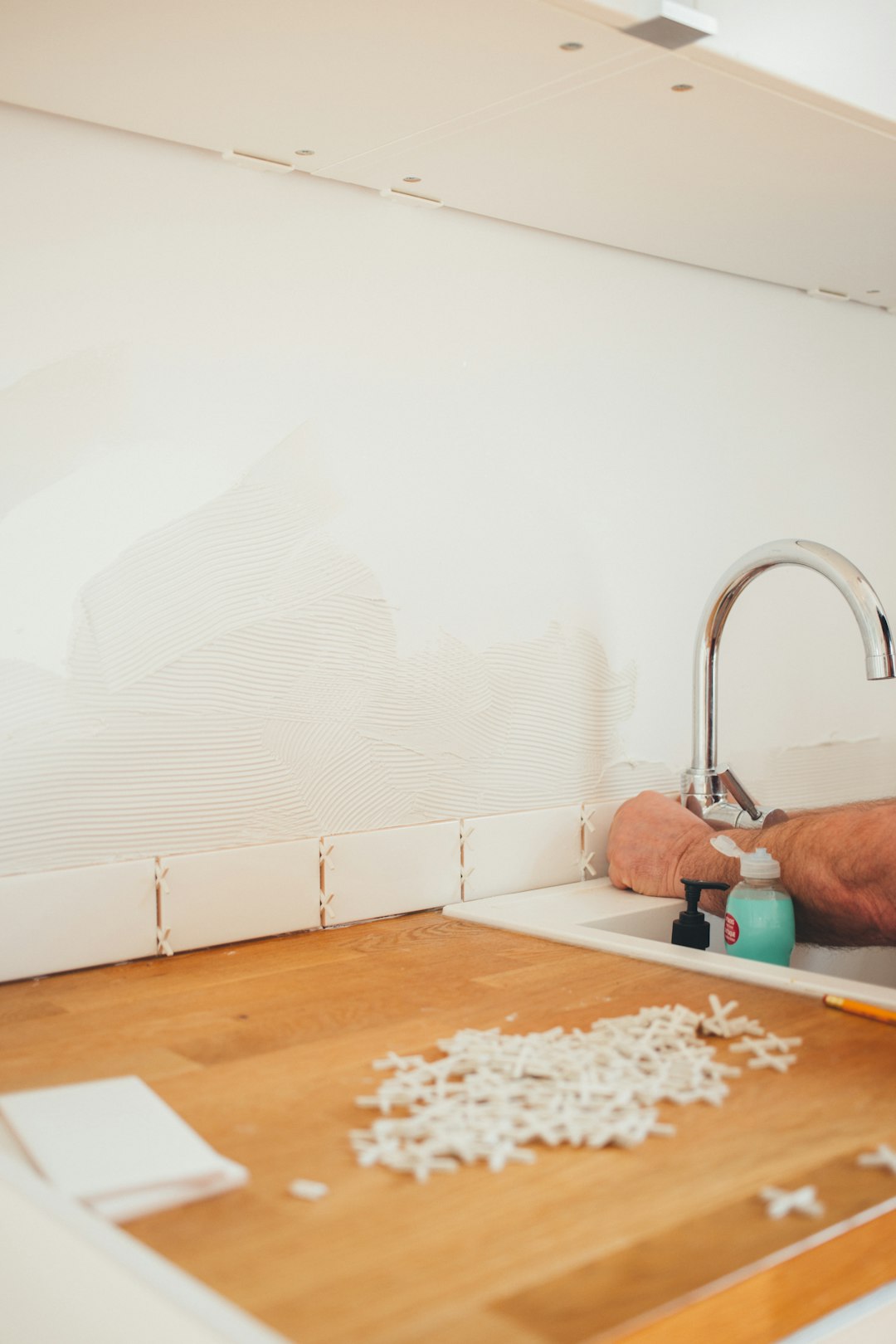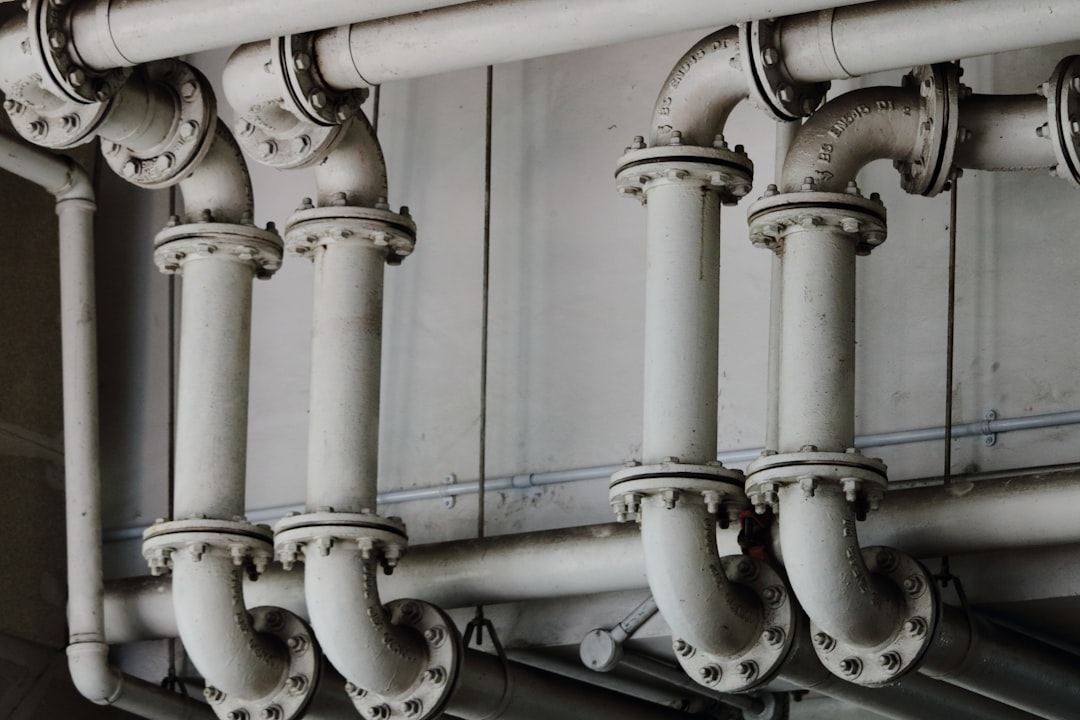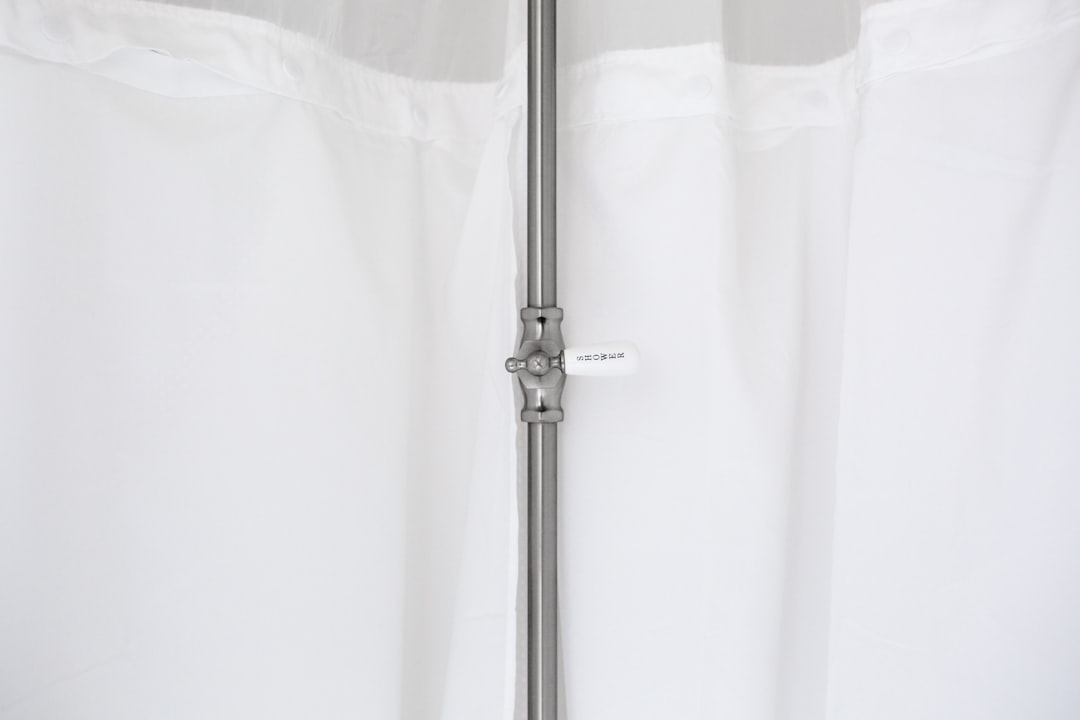Table of Contents
- Introduction
- Slow draining sinks or toilets
- Gurgling sounds in plumbing fixtures
- Foul odors around the septic system area
- Persistent wet spots in the yard
- Backing up sewage in drains
- Unusually lush patches of grass over the septic drain field
- High levels of nitrates in well water
- Frequent plumbing emergencies or repairs
- Conclusion
- Frequently Asked Questions
Introduction
A well-functioning septic system is essential for maintaining a healthy and safe home environment. Yet, when the signs of failure begin to creep up, many homeowners find themselves in a state of confusion and anxiety. Have you noticed unusual odors, slow drains, or even pooling water in your yard? These could be more than just minor inconveniences; they might be warnings that your septic system is in trouble.
Understanding the early indicators of septic system failure can save you time, money, and significant hassle down the line. In this article, we will unveil the top 10 warning signs that your septic system might be on the fritz and guide you through the proactive steps you can take to address these issues before they escalate.
Don’t wait for a complete breakdown. Arm yourself with the knowledge to protect your home and your family from the potential hazards of a failing septic system!
Slow draining sinks or toilets
One of the key signs of a failing septic system is slow draining sinks or toilets. This issue can often lead to significant inconvenience and frustration for homeowners. When water takes longer than usual to drain, it may indicate that the septic system is unable to process waste effectively.
Slow drains can be caused by multiple factors, including clogged pipes, buildup of solid waste, or a problem with the septic tank itself. When a septic tank nears capacity, it can lead to wastewater backing up into the home, causing slow drainage in sinks and toilets. Likewise, roots from nearby trees can infiltrate and obstruct drainage pipes, further exacerbating the problem.
Homeowners should remain vigilant for these warning signs, as ignoring them can lead to more severe issues, including costly repairs or health hazards. Regular maintenance and timely inspections are essential to ensure that your septic system operates efficiently and to address any potential problems before they escalate.
Gurgling sounds in plumbing fixtures
Gurgling sounds in plumbing fixtures can be a significant indicator of a failing septic system. These unsettling noises often arise when wastewater struggles to move through the plumbing or septic system, creating a vacuum effect that causes air to escape. This can occur due to clogs in the pipes, which may be the result of accumulated debris or damage within the system.
Another possible reason for gurgling sounds is a full or malfunctioning septic tank. When the tank reaches capacity, it can lead to a backlog of waste, which results in improper drainage and the characteristic gurgling noises.
Additionally, venting issues may contribute to this phenomenon. Plumbing fixtures rely on proper venting to allow air to flow freely through the system. If vents are blocked or damaged, it can disrupt drainage and create these unsettling sounds.
Listening for gurgling is essential for homeowners, as early detection of septic issues can help prevent costly repairs and environmental hazards.
Foul odors around the septic system area
Foul odors around the septic system area can be one of the most noticeable signs of a failing septic system. When a septic system is functioning properly, the odors are generally contained within the system. However, if you begin to detect unpleasant smells near the drain field or the septic tank, it may indicate a problem.
These odors can arise from various issues, such as a saturating drain field or a malfunctioning septic tank. When the system is overloaded or when solids escape the tank, they can create a strong, offensive smell that permeates the surrounding area.
In some cases, a foul smell can also be associated with blockages in the pipes or the tank itself, leading to inadequate processing of waste. It is crucial to pay attention to these odors, as they often serve as an early warning sign. Ignoring these smells can exacerbate the problem, potentially leading to costly repairs. Regular maintenance and inspections can help prevent such issues and ensure that your septic system operates efficiently, mitigating any foul odors.
Persistent wet spots in the yard
One of the most noticeable signs of a failing septic system is the presence of persistent wet spots in the yard. These areas may become saturated with water, even during dry weather, and can appear as patches of lush grass or pooling water. Such wet spots are typically a result of the septic tank overflowing or the drain field being unable to properly absorb wastewater. When the septic system malfunctions, it can lead to effluent surfacing in the yard, creating unsightly and potentially hazardous conditions.
In addition to the aesthetic concerns, these wet areas can pose health risks due to the presence of untreated sewage. It is not only crucial to address the functionality of the septic system but also to ensure the safety of those who use the yard. If persistent wet spots are observed, it is advisable to contact a professional to examine the system. Early detection and intervention can prevent further damage and costly repairs, as well as mitigate any health risks associated with septic system failures.
Backing up sewage in drains
One of the most alarming signs of a failing septic system is the backup of sewage in drains. This issue often manifests in various areas of your home, such as sinks, toilets, and bathtubs. When the sewage begins to back up, it indicates that the wastewater is unable to flow freely through the system, which could be due to several factors. A blockage in the pipes, a full septic tank, or problems with the drain field can all contribute to this unpleasant situation.
Moreover, backing up sewage can lead to unsanitary conditions, posing health risks to the inhabitants of the home. When sewage is present, it can produce foul odors and create water contamination issues that affect both health and property. It is crucial to address any signs of backup immediately, as ignoring the problem can lead to more severe complications, including extensive plumbing repairs and costly cleanup efforts. Regular maintenance of your septic system can help prevent this issue from occurring and ensure that your system operates efficiently.
Unusually lush patches of grass over the septic drain field
One of the signs that may indicate a failing septic system is the presence of unusually lush patches of grass over the septic drain field. This phenomenon occurs when the septic system is not functioning properly, leading to the leaching of nutrients and water into the soil surrounding the drain field. The excess moisture can create a conducive environment for grass and other plants to thrive, often resulting in greener, taller growth compared to surrounding areas.
In a healthy septic system, the water and waste are treated and filtered effectively, preventing any overflow or nutrient leakage. However, when the system begins to fail due to issues like a clogged drain field or a malfunctioning septic tank, excess nutrients such as nitrogen can saturate the soil. This imbalance not only promotes rapid grass growth but can also lead to other symptoms, such as unpleasant odors or standing water. Recognizing these signs early can help homeowners address potential problems before they escalate, ensuring the septic system remains functional.
High levels of nitrates in well water
High levels of nitrates in well water are a significant concern for both health and environmental reasons. Nitrates primarily originate from agricultural runoff, septic systems, and fertilizers, making them prevalent in rural areas where these practices are common. When nitrates enter the well water supply, they can lead to various health issues, particularly for infants and pregnant women.
Infants under six months of age are especially vulnerable because high nitrate levels can cause a condition known as methemoglobinemia, or ‘blue baby syndrome.’ This condition reduces the blood’s ability to carry oxygen, leading to serious health risks. Furthermore, long-term exposure to elevated nitrate levels has been linked to other health complications.
To ensure safe drinking water, it’s essential for homeowners with wells to test their water regularly. If high nitrate levels are detected, potential remediation options include filtration systems or alternative water sources. Addressing high nitrate levels not only protects individual health but also contributes to the preservation of local ecosystems, as excessive nitrates can lead to harmful algae blooms in nearby water bodies.
Frequent plumbing emergencies or repairs
Frequent plumbing emergencies or repairs can be a significant indicator of a failing septic system. Homeowners may notice recurring issues such as clogged drains, slow water drainage, or foul odors emanating from plumbing fixtures. These issues can arise when the septic tank becomes full or when its components begin to malfunction.
A properly functioning septic system allows for wastewater treatment and dispersal without causing inconvenience. However, when frequent repairs are needed, it often signifies that the system is not functioning efficiently.
In some cases, homeowners may experience backflow, where sewage backs up into the home, which is both a health hazard and a sign that urgent attention is needed. Additionally, recurring leaks or flooding in the yard can further complicate plumbing and drain issues.
Being proactive about plumbing maintenance and understanding the signs of a failing septic system can help prevent costly repairs and ensure the longevity and effectiveness of waste management in the home.
Conclusion
In conclusion, recognizing the warning signs of a failing septic system is crucial for maintaining a healthy home and environment. Symptoms such as slow drainage, gurgling sounds, foul odors, and wet spots in your yard often signify underlying issues that require immediate attention. Ignoring these signs can lead to costly repairs, health hazards, and environmental pollution. Regular maintenance and inspections are essential to keeping your septic system in optimal working condition. If you notice any of the symptoms discussed, don’t hesitate to take action. Call 573-555-2121 today for expert plumbing assistance to ensure your septic system remains functional and problem-free. Taking proactive measures can save you money and safeguard your family’s health.
